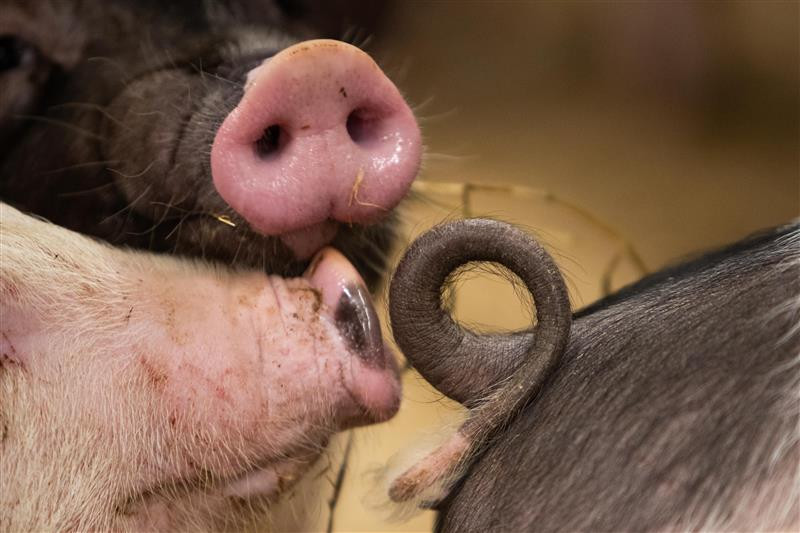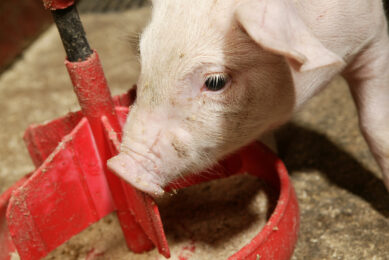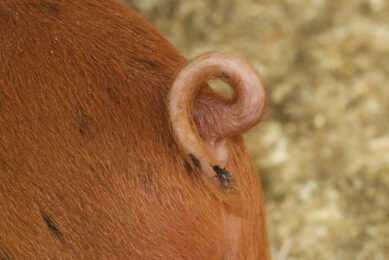Tail biters: often gilts, lower ADG and lighter final weight

Tail biters are predominantly gilts, tail biters exhibit lower average daily gain (ADG) and lighter final weights, and tail biters are less frequently tail-bitten than non-biters.
Those observations were made by a team of US-based researchers from the University of Minnesota and the University of Nebraska-Lincoln, analysing their trial. They published about it in the Journal of Animal Science in May 2025 and presented about their trial during the meeting of the American Society for Animal Science (ASAS) meeting in Omaha, NE, United States in March 2025.
Identifying biters in pig pens
In their study, the research team aimed to identify and characterise tail biters and compare growth, tail injury and tail biting behaviour between tail biters and non-tail biters. They used 432 pigs with intact tails for their trial – and assigned them to both small pens as well as larger pens (9 vs 18 pigs/pen). The animals were kept in those groups from 9 weeks of age until 23 weeks of age.
The scientists measured growth performance and assessed the level of tail injury on a scale of 0 to 4, with 0 meaning “no injury” and 4 meaning “tail loss.”
In addition, a “tail-biting outbreak” (TBO) was confirmed when 1 pig in a small pen or 2 pigs in a large pen scored 2 or higher.
The team recorded pig behaviour continuously for 14 weeks, using the NUtrack Livestock Monitoring System. When a tail biting outbreak would occur for the first time, the team viewed videos from 8am until 3pm on the day before to record ID and sex of both the tail biters as well as the victimised pigs. The team thus kept track of tail bites per pig performed, the total number of tail bites occurring per pen and tail bites per pig as a percentage of total tail bites in the pen.
Bites per biting pig
Tail biters in small pens performed at least 6 tail bites, the scientists wrote, and contributed at least 20.0% of total tail bites in the pen, while tail biters in large pens were responsible for at least 4 tail bites and accounted for at least 10.6% of total tail bites in the pen. In addition, the team wrote, initial weights did not differ between biters and non-biters; however, biters had lighter final weights and lower ADG than non-biters. Interestingly, the team also found that biters are predominantly gilts, accounting for 70% of the group. On average, biters were tail bitten less frequently than non-biters.











